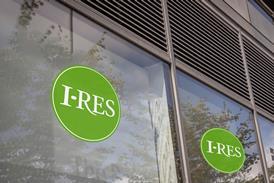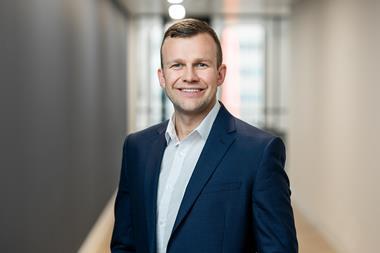Being a real estate lender during the pandemic has been a rollercoaster ride, but has been far less bumpy than in the last property downturn after the global financial crisis.

The Cass Business School UK Commercial Real Estate report, published in April, showed total 2020 debt market activity down 23% on origination volumes in 2019, at £33.6bn. Lending rose in the second half of 2020, but the shock of the first lockdown dislocated financial markets and slowed down business overall.
According to Cass, Covid-19 saw loan-to-value ratios reach a historic low of 50% to 55% on average, while underperforming loans rose from 4.8% to 8.6% of outstanding debt. Extensions and refinancings accounted for 57% of new lending.
But there were some bright spots. The pipeline for residential development lending remained strong at £16.7bn, with support for the private rented sector particularly strong.
For Investec Real Estate, the pandemic unfolded in stages. March 2020 and full lockdown was dominated by the shift to working from home and ensuring that continuity of business could be assured, with credit fully functioning and money flowing out of the bank to customers.
We next reassessed lending prospects, with half a dozen considered as Covid-struck. Some clients no longer wanted to proceed, but others did. Our view, particularly in the ’living’ sectors, was that if our client was confident enough to proceed, we would back them.
Only six weeks into a new financial year, our clients have seen a marked uptick in activity
We next assessed how loans to construction projects would perform, with many sites slowing down or stopping work. Even then, we were able to inspect progress remotely through video links to surveyors hosting walking tours.
As conditions improved, we began to see some success. The housing market surprised everyone by performing strongly. A 90-unit family housing scheme in Kingston we backed fully sold and rent collection for clients’ residential portfolios was strong.
Student accommodation outside London also performed well, with the majority of students staying in halls even while studying online, so there was far less pressure than expected to reimburse rent.
Our new lending turnover was at similar levels to pre-Covid and split evenly across commercial development including student housing, commercial investment and residential development.
Only six weeks into a new financial year, our clients have shown a marked uptick in activity. The outlook is much more encouraging than after the global financial crisis. The key point according to Cass is that banks’ overall loan-to-value ratios are much lower.
The big issue now for lenders and customers is where interest rates go next. A short time ago, we anticipated negative interest rates and now in the US there are hints of rate rises to prevent the economy overheating. But compared with the doomsday scenario lenders faced 12 months ago, we will accept the upside risk – and thank goodness that property’s banks proved much more robust than when some brought the global economy to its knees.
William Scoular is head of private client lending at Investec
































No comments yet